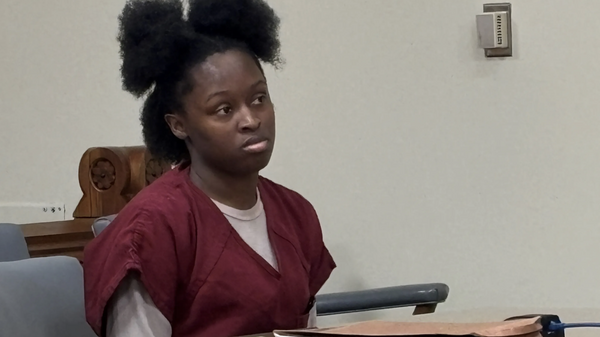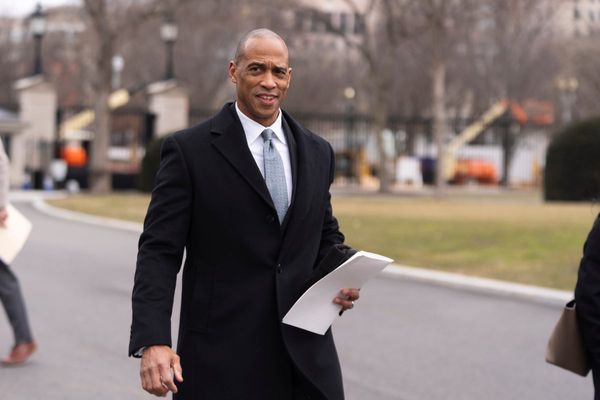
OTSU -- A centuries-old building at Mt. Hiei Enryakuji temple in Shiga Prefecture has been opened to the public for the first time.
Known as Ruri-do, the structure is said to be the only building that was not burnt down during Oda Nobunaga's attack on the temple in 1571. It dates to the late Muromachi period, and has been designated an important cultural asset.
Ahead of its opening to the public, a Buddhist priest held a memorial service on Sept. 30 at Ruri-do, its doors opened for the first time in many years.

Enryakuji is the head temple of the Tendai sect of Buddhism. It has multiple temple buildings located in Otsu, Shiga Prefecture, and Kyoto. Ruri-do stands in the mountains on the Kyoto side.
It was built in the Irimoya-zukuri architectural style with a hip-and-gable roof construction. The roof is made with Hiwada-buki cypress bark.
Enshrined inside is a seated statue of Yakushi Nyorai that is said to offer blessings, such as healing illness. Flowers and patterns originally painted in rich colors but faded now can be seen on the pillars and ceiling.
Few people had seen inside in the past. But as this year marks the 450th anniversary of Nobunaga's attack, the temple decided to open Ruri-do to the public.
Visitors cannot enter the building, to protect the cultural properties within. However, they can see the statue of Yakushi Nyorai through a transparent acrylic board over the entrance, or through the windows.
Enryakuji holds a memorial service for the victims of Nobunaga's attack every September.
"We hope it can be an opportunity to remember the life of a warlord or to feel the preciousness of peace," a temple official said. The official also expressed sympathy for people who are continually worried about the effects of the novel coronavirus, saying, "I want visitors to feel refreshed with the power of Yakushi Nyorai by breathing fresh air on Mt. Hiei, where it is hard to encounter the three Cs" of closed spaces, crowded places and close-contact settings.
Ruri-do will be on view through Nov. 30.
Also open to the public as a special measure is the inside of the oldest building on Mt. Hiei, known as Shaka-do and also an important cultural asset. It was built in the early Muromachi period at Onjo-ji temple (Mii-dera) and later relocated to Enryakuji.
Shaka-do issues a special goshuin stamp with calligraphy of Ruri-do for 500 yen. The interiors of Ruri-do and Shaka-do can be viewed for the regular pilgrimage fee (adults 1,000, yen junior high and high school students 600, yen elementary school students 300 yen).
Read more from The Japan News at https://japannews.yomiuri.co.jp/







